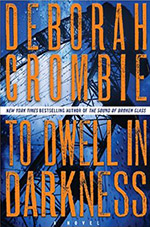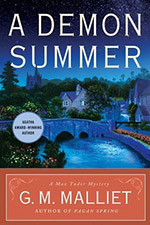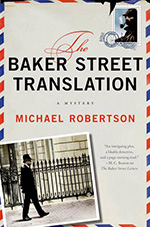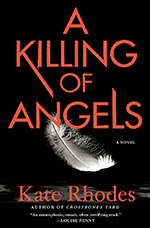Kate Rhodes: The Winter Foundlings
 Psychologist Alice Quentin had a rough time in Rhodes’ last novel, A Killing of Angels. A consultant for the police, she got caught up in a serial killer case that almost ended her own life. So, in this book, for a relaxing change of pace, Alice decides to spend some time at a hospital for the criminally insane, doing research. Ahhh, how refreshing!
Psychologist Alice Quentin had a rough time in Rhodes’ last novel, A Killing of Angels. A consultant for the police, she got caught up in a serial killer case that almost ended her own life. So, in this book, for a relaxing change of pace, Alice decides to spend some time at a hospital for the criminally insane, doing research. Ahhh, how refreshing!
Rhodes is devoted to a Victorian love of coincidence and it actually serves her quite well, especially in this novel, where the central crime is connected to the very Victorian Foundling Home. Really, the entire set up could not be more Victorian – the hospital where Alice is doing her research is an old, somewhat renovated throw back out in the country, and Alice has rented a picturesque, if freezing, cottage in the middle of the woods, the kind you might think belongs in a fairy tale. It’s probably the one belonging to the witch in Hansel and Gretel.








